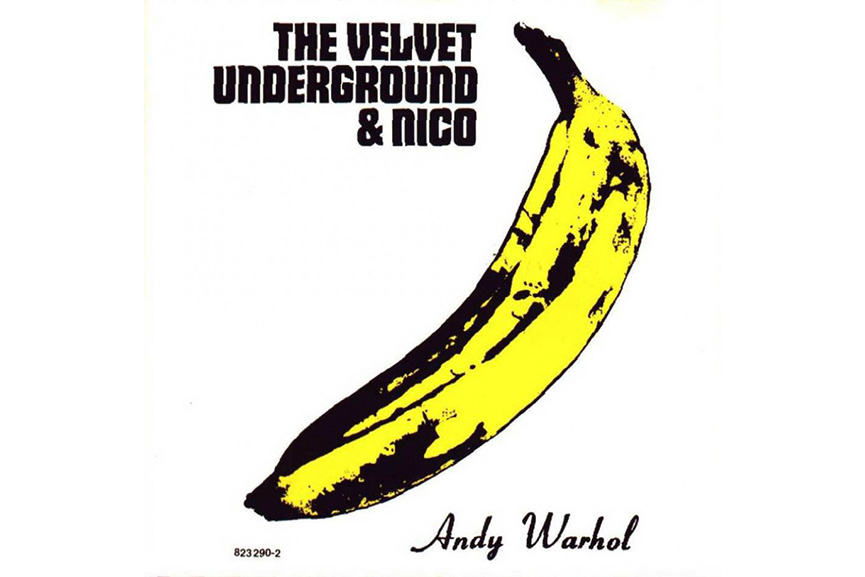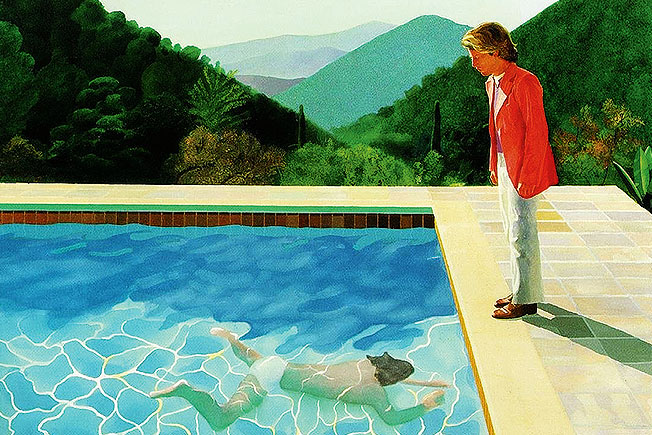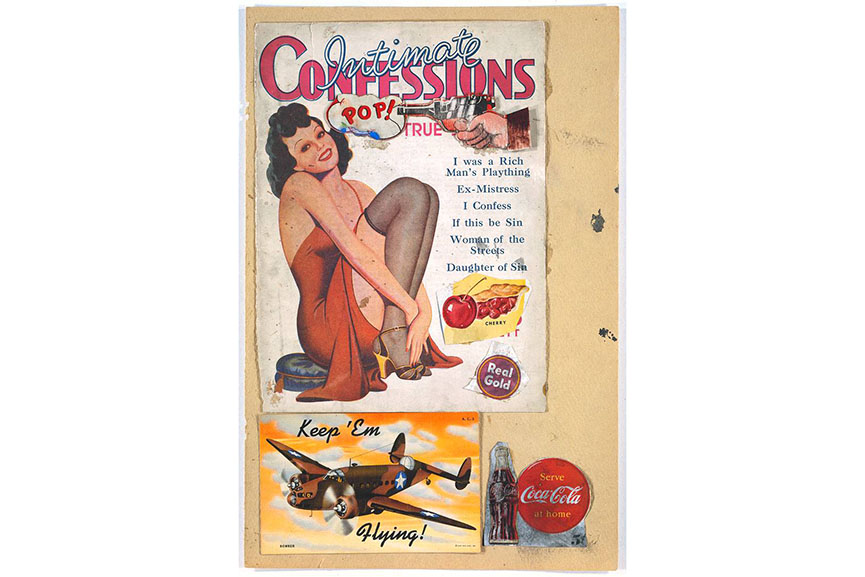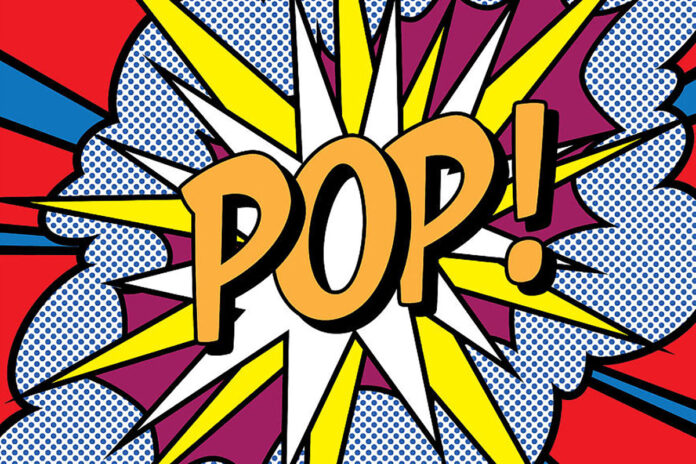When the very first work of pop art was released in the mid-1950s, no one could have imagined the success it would have for the next fifty years and beyond. The art movement has become one of the greatest works of the 20th century. In this article, we’ll take a look at a few of the things that contributed to its long reign, as strong and charming as ever.
Pop Art reflects material realities of everyday life.
The first thing to know is that Pop Art was inspired by the basics and banality of the things we are surrounded by, the things we use on a daily basis, the household items we consume to the point where we don’t even notice they are being used. The art movement was there to remind us of them, and in an aggressive, saturated style too.

Pop Art was born in Britain in the mid-1950s.
Notable artists such as Richard Hamilton and David Hockney were among the most prominent figures in the pop art movement in Britain in the mid-1950s. By the end of the decade, its popularity quickly spread through practice, Roy Lichtenstein, Jasper Johns and, of course, Andy Warhol. The term “Pop Art” was officially coined in December 1962 when the Pop Art Symposium opened at the Museum of Modern Art in New York, during the golden age of the country’s advertising industry.
You should definitely check out the work of David Hockney!

Painter, graphic artist, photographer, set designer, living classic of British art David Hockney (David Hockney, b. 07/09/1937) spent almost 60 of his eighty years building his happy world with a brush and canvas.
Pop Art swings London and Pop Music as mutual influence
As both pop music and pop art began to grow in the 1950s and throughout the 1960s, it was inevitable that they would influence each other. The two British movements, for instance, were basically inseparable.
Pop Art is a kind of a rebellion against abstract expressionism.
It often happens that artistic trends arise as a reaction to each other. And, as you might guess, pop music was categorically against the then dominant ideologies of abstract expressionism. Instead of depicting the inner landscape, she focused on presenting the surrounding person as a subject.
Pop art is a nod to Dadaism.
In terms of the use of found objects and images, Pop Art was similar to Dadaism. But this is only except that the art movement took the destructive, satirical and anarchic elements that go against war and art in general and replaced them with strong references to consumerism and popular culture.

Pop Art is innovative technology and bold colors.
The art movement didn’t just draw inspiration from the contents of popular mass culture, but also the techniques they used in order to reach their primary audience. Its work borrows the look and feel of advertising, comics, serial designs, etc.
An art movement which is larger than life.
During the pop art movement, especially in its later stages, artists liked to make fun of objects by making them look enormous. One of the most common topics was food, as well as household items.

Pop Art is always a great investment.
It seems that from the very beginning, pop art was like the Midas of the art world, as he turned everything he touched into gold. The art movement just won’t disappear from art world trends no matter what anyone does, so it is considered a safe and lucrative investment when it comes to collecting.
Pop Art is still very much alive and well today!
Pop art has had a huge influence on packaging, product and design in general, as well as being inspired by it. Today, the art movement continues to attract large numbers of people, keeping the market strong and nearly unbreakable.
Many notable artists still work in Pop style and have great success on the market, among them are:
- Clemens Briels;
- Romero Britto;
- James Rizzi;
- Steve Kaufman.

























